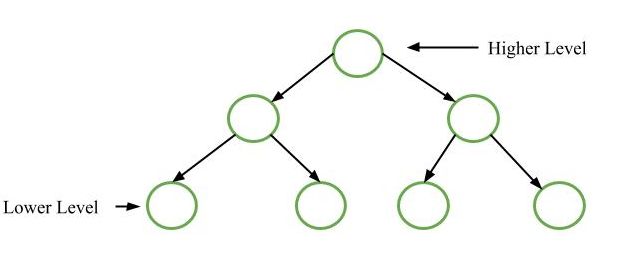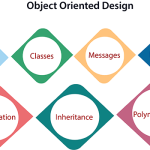In function-oriented design, the system is comprised of many smaller sub-systems known as functions. These functions are capable of performing significant task in the system. The system is considered as top view of all functions.
Function oriented design inherits some properties of structured design where divide and conquer methodology is used.
This design mechanism divides the whole system into smaller functions, which provides means of abstraction by concealing the information and their operation.. These functional modules can share information among themselves by means of information passing and using information available globally.
Another characteristic of functions is that when a program calls a function, the function changes the state of the program, which sometimes is not acceptable by other modules. Function oriented design works well where the system state does not matter and program/functions work on input rather than on a state.
Design Process
● The whole system is seen as how data flows in the system by means of data flow diagram.
● DFD depicts how functions changes data and state of entire system.
● The entire system is logically broken down into smaller units known as functions on the basis of their operation in the system.
● Each function is then described at large.


